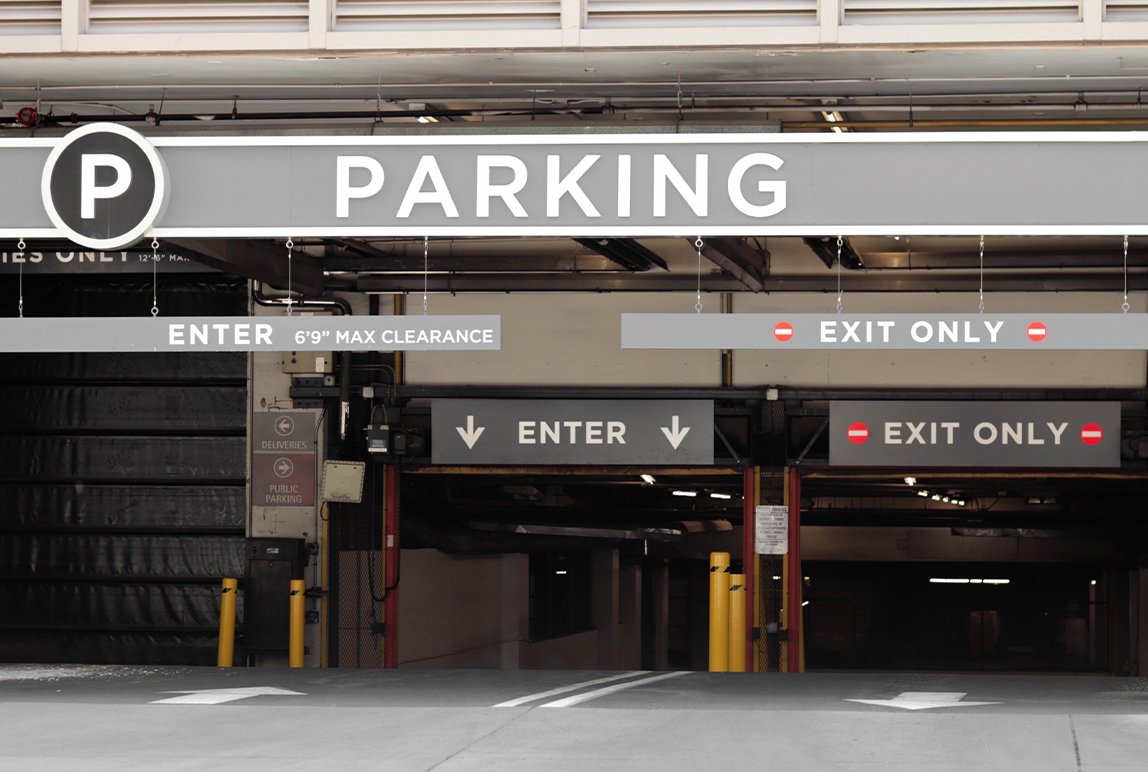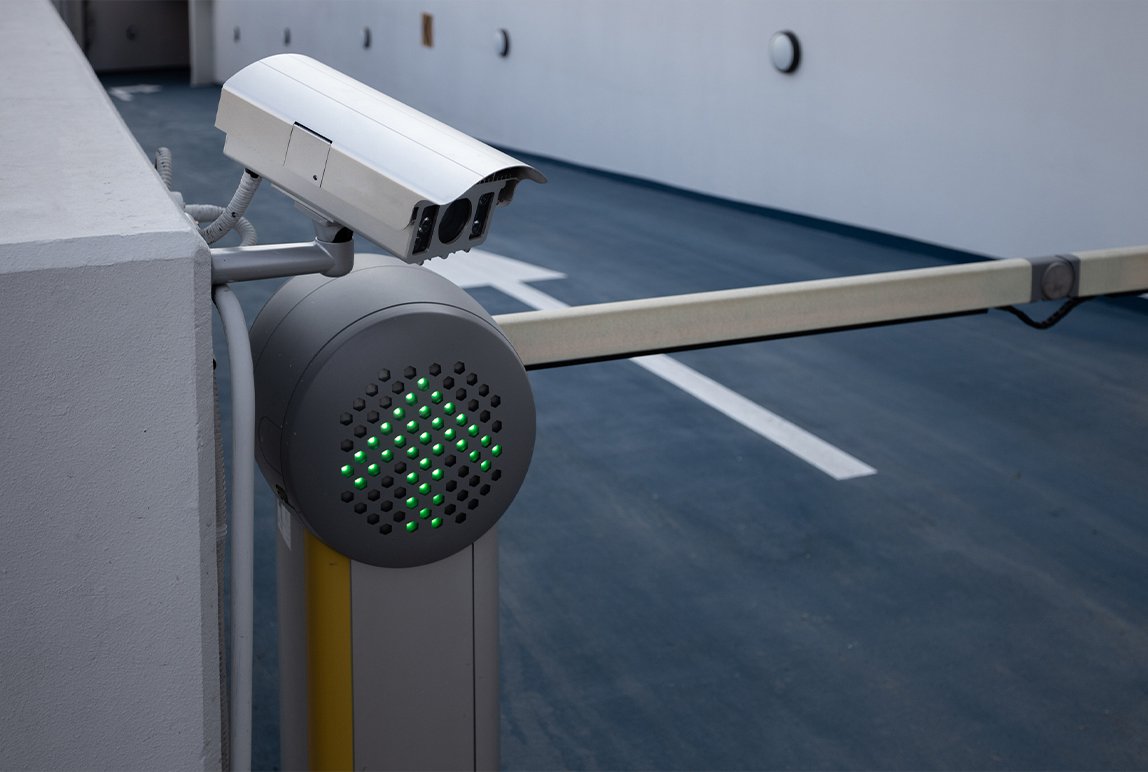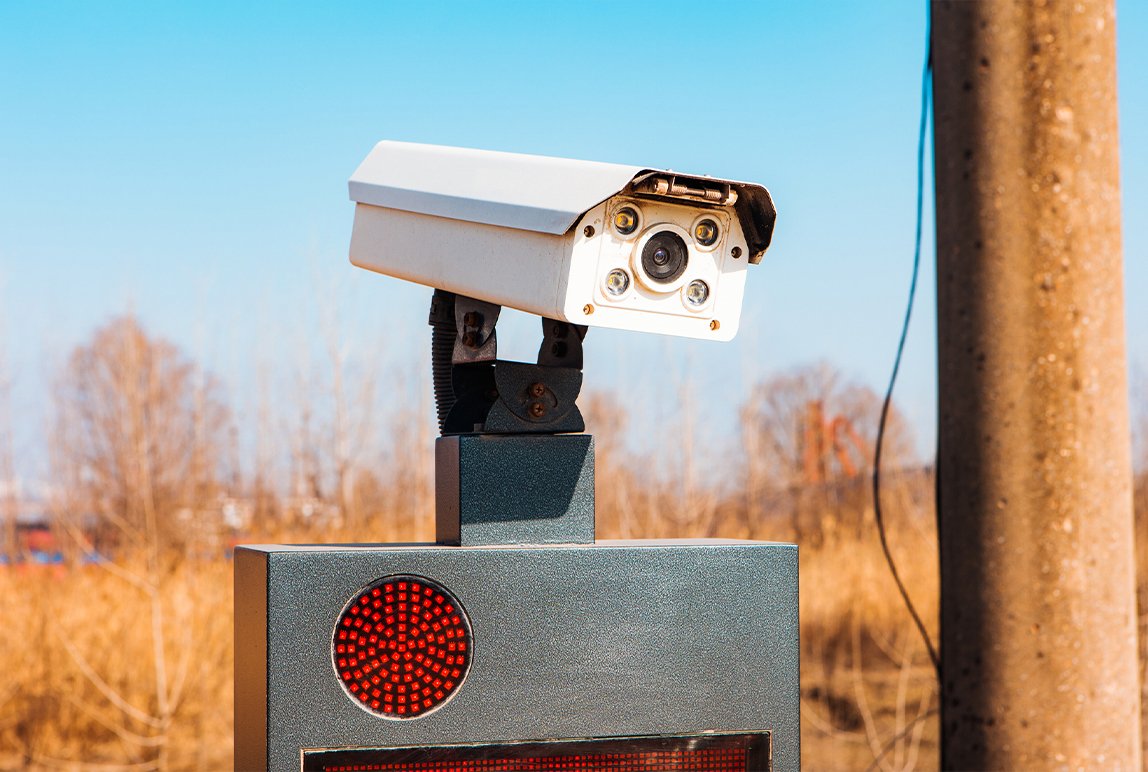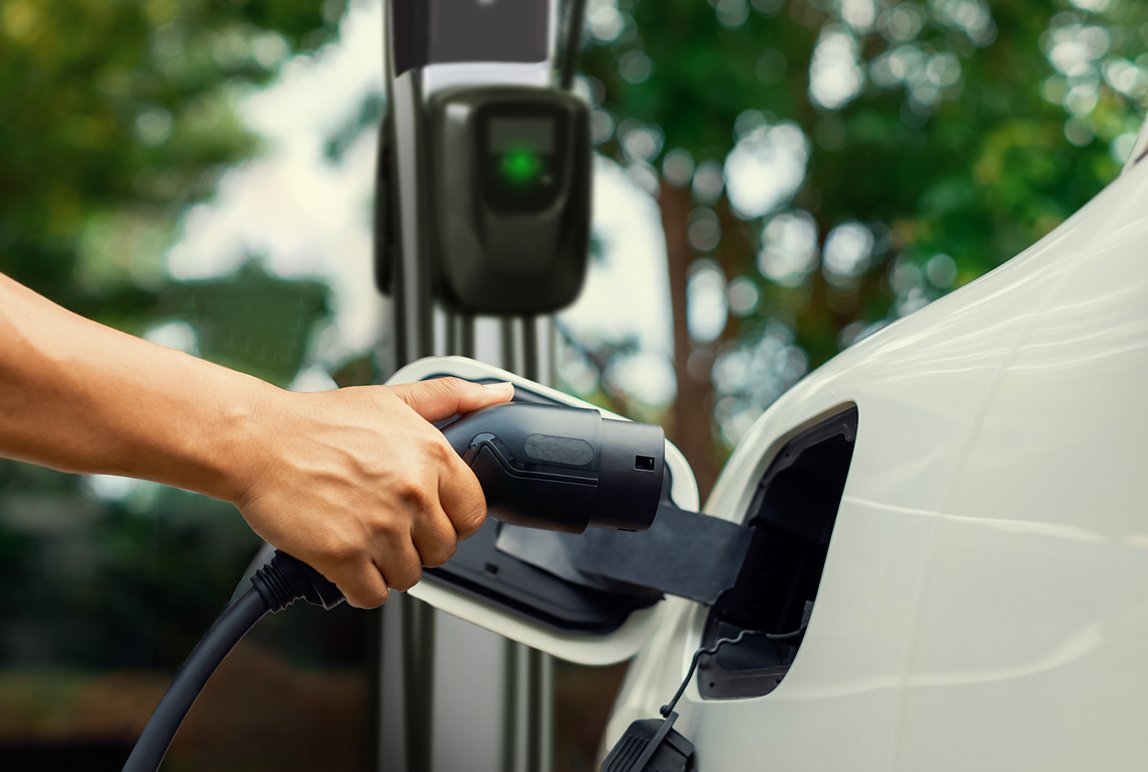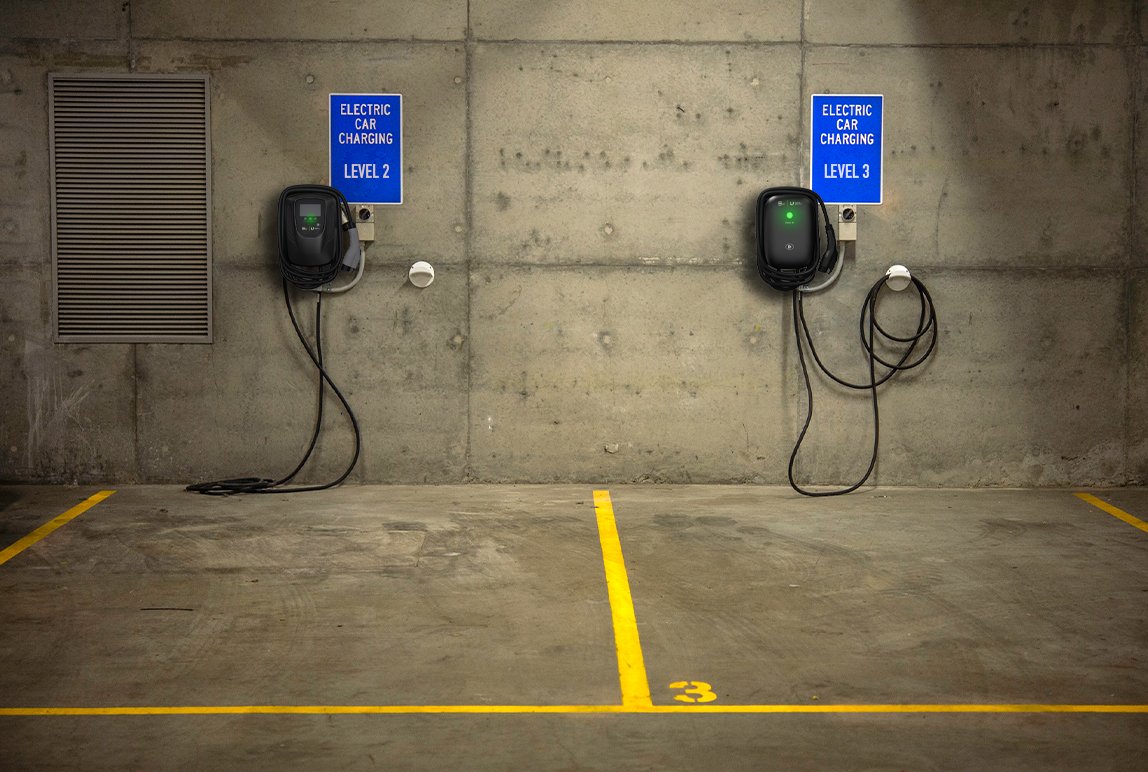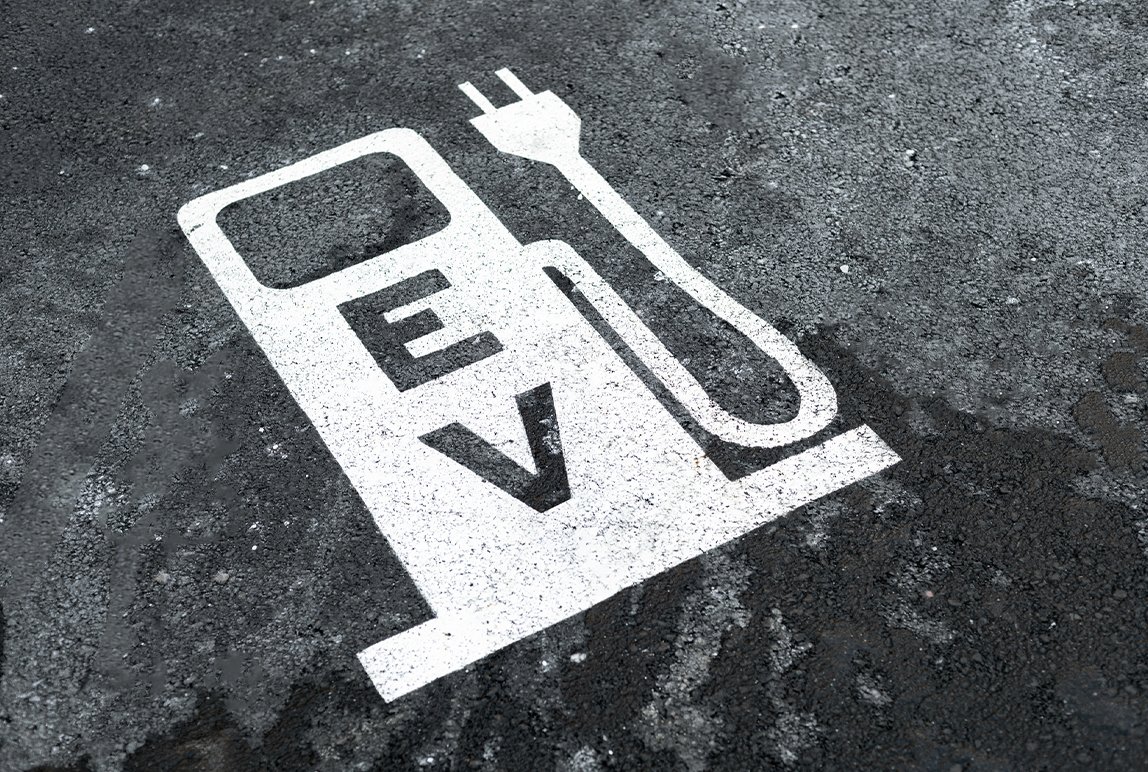What is “Pay-on-Foot” Parking?
Posted: Aug, 28, 2020 11:25AM ET • 2 min read
Pay-on-Foot is a commonly used term in the parking industry, but what does it really mean?
“Pay-on-Foot parking system” is often used interchangeably with other terms, such as “gated parking” or “parking access and revenue control system (PARCS).”
No matter what you like to call it, this parking system generally consists of three components: Entry terminal, pay station, and an exit terminal.
The entry terminal is a customer’s first point of interaction in it’s basic configuration; it simply dispenses a ticket. The tickets barcode contains key information such as entry date and time, entrance identification and parking lot identification.
At the end of a parking stay this entry ticket is used by a customer at either a pay station or at an exit to initiate the parking transaction payment.
Traditionally customers use a pay station to complete their transaction. The pay station can be indoors or outdoors, and can process payment for parking sessions, lost tickets, permits, and more. These pay stations usually accept a wide variety of payment options, such as coin, bank notes, debit, credit card, mobile pay, and parking validations. Once payment is completed on foot at a pay station, the customer returns to their vehicle. When they arrive at the parking lot’s exit gate, they must insert their paid ticket.
This gated solution does provide some alternatives for parking transaction payments.
Pay-on-Entry refers to a gated parking system that’s configured to require the customer to submit payment from their vehicle at the parking lot entry. This type of system is usually used for event parking or parking lots that have a flat free structure.
Pay-on-Exit refers to a gated parking system that’s configured to require the customer to submit payment from their vehicle at the parking lot exit. Customers must insert the parking ticket into the exit terminal that they received upon entry to the lot. The terminal then prompts the driver for payment. Some organizations choose to have the in-lane exit pay station accompanied by a cashier for customers who wish to pay by cash.
PARCS are a substantial investment that promise a high return on investment with maximized revenue capture. They are often installed at airports, hospitals, stadiums, and commercial properties with dynamic parking operations. However, they can be installed at parking facilities of any size, so long as the budget permits.
With sophistication at its core, PARCS can be integrated with a variety of enhanced hardware and software capabilities, such as licence plate recognition, “tap-in-tap out”, touchless ticket dispensing, mobile payments, remote customer service, HID, RFID and Bluetooth low energy (BLE) readers at entry and exit, and much more. This system also tends to feature smart and connected devices, which offer a wealth of parking insights through data, analytics, and reports.
Share Article:
Featured Articles
ABOUT THE AUTHOR
Andrew Sgorlon
Technical Sales Support Manager
Andrew has more than 17 years of experience with automated parking solutions, being involved with the fist automated PARCS installed by Precise ParkLink in 2000. Andrew is one of Precise ParkLnk’s SMEs on all Precise ParkLink products and services. As the Greater Toronto Airports Authority’s (GTAA) Senior Account Manager (since 2011), Andrew has been instrumental in Precise ParkLink’s on-going operational support at Toronto Pearson. In this capacity, he supports Precise ParkLink’s onsite staff and is the sales/equipment representative at all GTAA parking operations meetings. Andrew is also the lead account manager for University of Toronto, Centennial College, and Durham College. Technology and automation are Andrew's work passion; he continuously looks for ways to improve and evolve the PARCS industry.
Questions?
Fill out the form below and we will do our best to connect you with a suitable contact.




